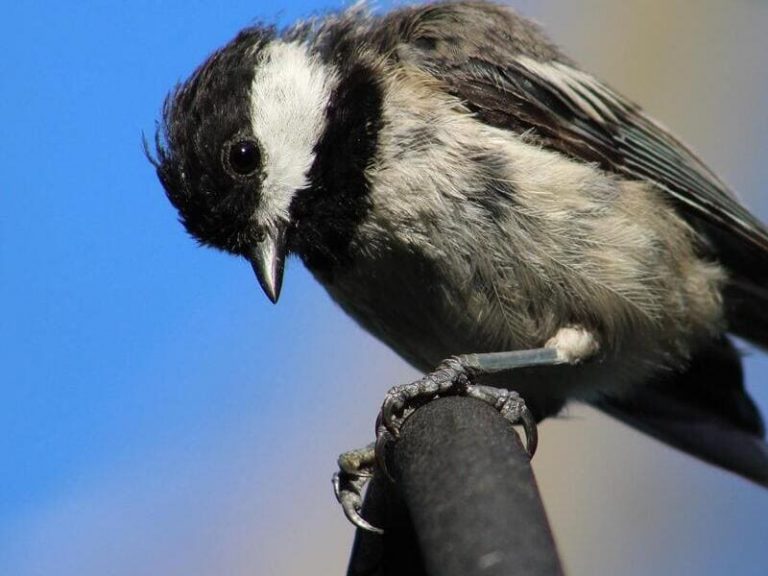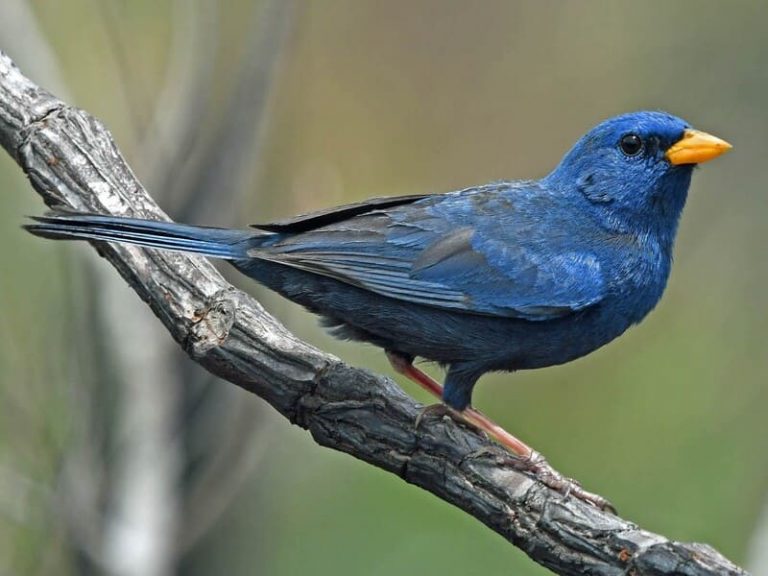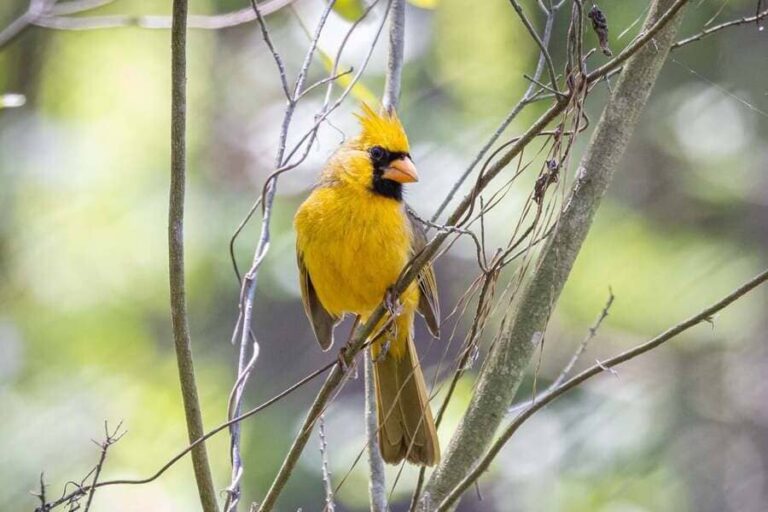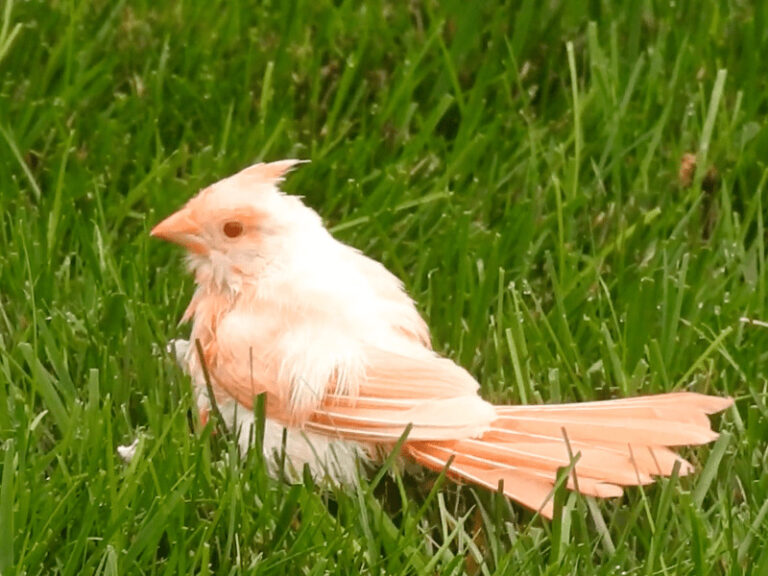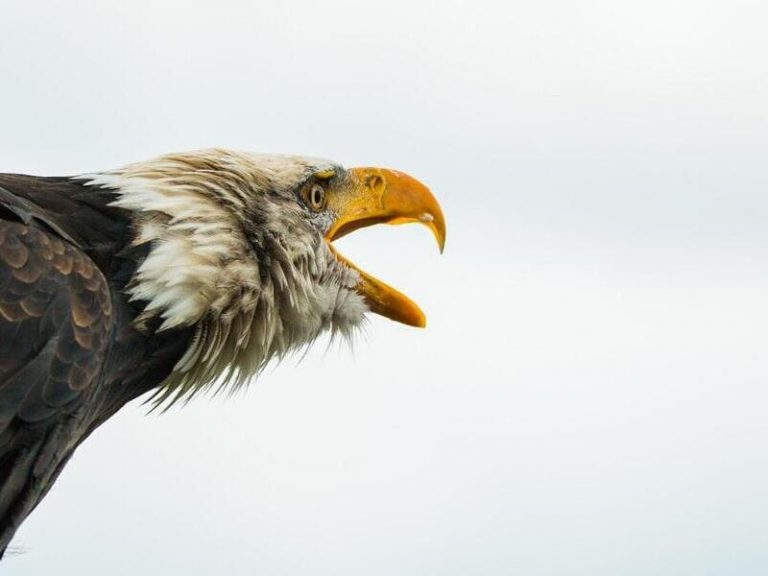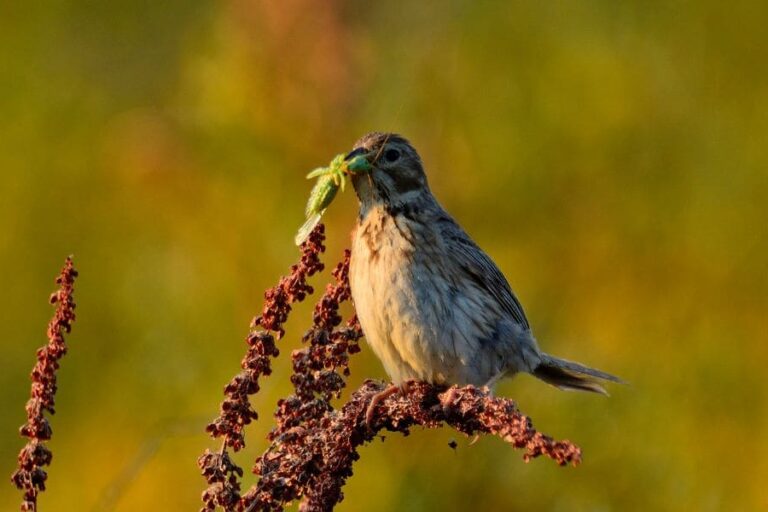19 Amazing Facts About Seagulls You Should Know!
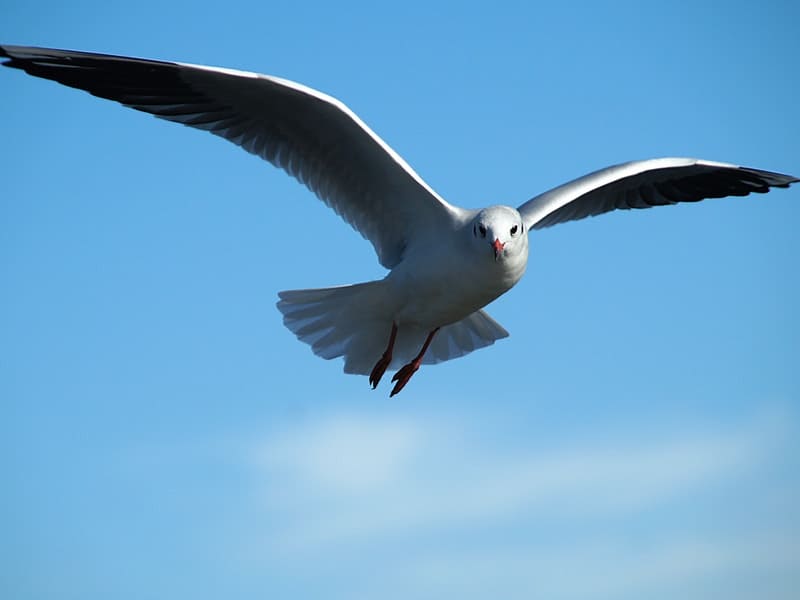
Most people know seagulls as those pesky birds that hang around the beach and steal your French fries. But there’s a lot more to these creatures than meets the eye.
For one thing, seagulls are incredibly intelligent animals. They have been known to use tools to open shellfish, and they can remember the faces of individual humans.
In fact, studies have shown that seagulls are capable of complex social behavior, such as forming alliances and competing for status within their flock. In this article, we will tell you 19 amazing facts about seagulls that will blow your mind.
19 Amazing Facts About Seagulls

Seagulls are best known for their scavenging habits and their shrill cries, but there is much more to these interesting birds. Native to coasts and waterways all over the world, seagulls come in a variety of sizes and colors.
They are excellent swimmers and flyers, and they use these skills to hunt for food. In addition to that, they can also steal food from other animals, including other birds! If you want to know more interesting facts about seagulls then check out the list below.
1 – Strange Genus Of Seagulls
The genus of seagulls is a matter of some debate among experts. Some believe that seagulls belong to the genus Larus, while others contend that they are more properly classified as Stercorarius.
The debate largely boils down to a question of semantics: are seagulls more closely related to other species of gulls, or are they more closely related to other types of birds?
However, there is one thing that both sides can agree on: seagulls are fascinating creatures, and their classification is worth further study. After all, what could be more interesting than figuring out which category these enigmatic birds belong in?
2 – Seagulls – A Birds With 55 Species
Ah, the seagull. A bird that is as ubiquitous as it is divisive. To some, it is an icon of coastal living, a reminder of lazy days spent lounging on the beach. To others, it is a noisy nuisance, an unwanted intruder that steals food and creates messes. But regardless of one’s opinion of seagulls, there’s no denying that they are beautiful creatures.
And one of the most interesting facts about seagulls is that there are actually many different species of them. In fact, scientists have identified more than fifty different types of seagulls!
So the next time you see a seagull, take a closer look and see if you can identify which type it is. Chances are, you’ll be surprised by the diversity of these amazing birds.
3 – Largest Seagull In The World
The largest seagull in the world is the Herring Gull, which has a wingspan of up to 2.6 meters (8.5 feet). These magnificent birds can be found in coastal areas across the Northern Hemisphere, and they are known for their distinctive white plumage and bright red legs.
Herring Gulls are opportunistic feeders, and they will scavenge for food as well as hunt for small prey. In addition to their impressive size, Herring Gulls are also long-lived birds, with a lifespan of up to 40 years in the wild.
4 – Seagulls And Antarctica
Seagulls are often associated with the beach, but these hardy birds can also be found in Antarctica. In fact, seagulls were one of the first animals to colonize the continent after it was discovered.
These birds are well-adapted to the cold weather and lack of food, and they can often be seen scavenging around penguin colonies.
While they may not be the most popular residents of Antarctica, seagulls play an important role in the ecosystem by keeping it clean and free of debris. So next time you’re at the beach, take a moment to appreciate these amazing birds. And if you’re ever lucky enough to visit Antarctica, keep your eyes peeled for these intrepid explorers.
5 – Smallest Seagull In The World

The Ross’s gull is the smallest seagull in the world. Found in the Arctic tundra, these pint-sized birds are only about 10 inches long. While they may be small, they are fierce predators, preying on fish, rodents, and even other birds. In fact, they have been known to kill full-grown geese!
Despite their size, Ross’s gulls are excellent flyers, capable of reaching speeds of up to 60 miles per hour. They are also expert swimmers, using their webbed feet to paddle through the water in search of food. With their snowy white plumage and black wingtips, Ross’s gulls are truly a sight to behold.
6 – Different Colours Of Seagulls
A seagull’s coloring can range from white to grey, with some having a brownish tinge. However, the most common coloration is white with grey wings. The seagull’s head is usually a light grey, with a dark band around the eyes. The legs and feet are usually dark grey or black.
7 – Strange Food of Seagulls
Seagulls will eat just about anything, including fish, crabs, insects, and even garbage. In fact, seagulls have been known to steal food right out of people’s hands! Though they will eat just about anything, seagulls prefer foods that are high in protein and fat.
This helps them to build strong muscles and stay warm in cold weather. So next time you’re at the beach, be sure to keep an eye on your sandwich – a hungry seagull may be eyeing it up too!
8 – Life Span Of Seagulls
Seagulls are one of the most adaptable birds around. They can be found on every continent except Antarctica and have an average lifespan of 15 to 20 years. However, their life expectancy can vary significantly depending on their environment and diet. For example, seagulls that live in urban areas tend to have shorter lifespans than those in rural areas.
This is likely due to the fact that urban seagulls face more dangers, such as busy streets and pollution. In contrast, seagulls that live in coastal areas often have longer lifespans, as they have access to a variety of fish and other seafood.
So, whether you’re admiring them from a distance or trying to shoo them away from your picnic lunch, remember that seagulls are fascinating creatures with surprisingly long lifespans.
9 – Mates Of Sea Gulls
It’s interesting to think about the different types of relationships that seagulls have with one another. After all, not all seagulls are mates. If you are amazed to know this fascinating fact about seagull then we must tell you that some seagulls are friends, some are enemies, and some are merely acquaintances.
It’s hard to say exactly what determines the nature of these relationships, but it’s safe to say that they’re all based on a complex system of communication and interaction. At the end of the day, though, it’s clear that each seagull has its own unique way of relating to its fellow gulls.
10 – Distinctive Calls Of Seagulls
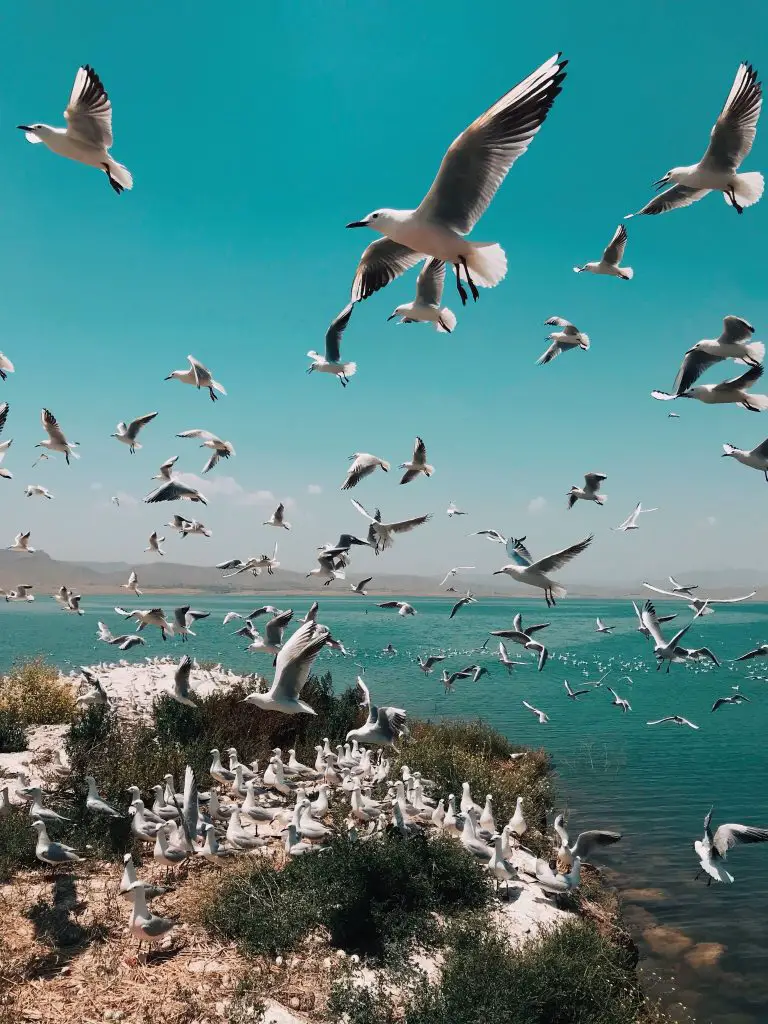
Seagulls are known for their shrill cries, which can be heard from far away. Some people find the calls of seagulls to be annoying, but they can actually be quite beautiful. The cries of seagulls often have a melancholic quality to them, as if they are mourning the loss of something.
11 – Intelligence Of Seagulls
Though often considered to be pesky pests, seagulls are actually incredibly intelligent birds. They have excellent eyesight and can spot a fish from over 100 feet in the air.
They are also skilled at using tools and have been known to drop shells onto rocks in order to crack them open. Seagulls are also highly social creatures, living in colonies of up to 100,000 birds.
They have a complex system of vocalizations that they use to communicate with one another, and they have even been known to mimic the sounds of other animals. Though they may not be the most popular bird around, there is no denying that seagulls are remarkable creatures.
12 – Laws About The Protection Of Seagulls
Seagulls are a protected species in many countries around the world. In the United States, the Migratory Bird Treaty Act of 1918 protects seagulls and other migratory birds from being hunted or killed.
In the United Kingdom, the Wildlife and Countryside Act of 1981 made it illegal to kill or injure a seagull.
In Australia, seagulls are protected under the environment protection and biodiversity conservation act of 1999. These laws help to ensure that seagull populations remain stable and healthy.
13 – Resemblance With Other Birds
Seagulls are often seen as pests, especially by those who live near the coast. They’re noisy, they steal food, and they’re not afraid to invade personal space. However, there’s more to these birds than meets the eye.
The most interesting thing about seagulls is their resemblance to other birds. Many species of gulls have plumage that is strikingly similar to that of other bird families, including hawks, eagles, and even pigeons.
14 – Drinking Habits Of Seagulls
Contrary to popular belief, seagulls are not actually interested in your French fry – they’re after the salt. In fact, most seagulls only eat marine invertebrates like crabs and squid. However, their diet isn’t limited to seafood.
And as for what they drink? Well, seagulls are pretty much like any other bird – they need fresh water to stay hydrated.
But since they live near the coast, they also get a lot of moisture from the ocean. So next time you see a seagull, don’t be offended if it turns down your offer of a drink – it’s probably not thirsty!
15 – Association Of Seagull with Beaches and Ecosystem
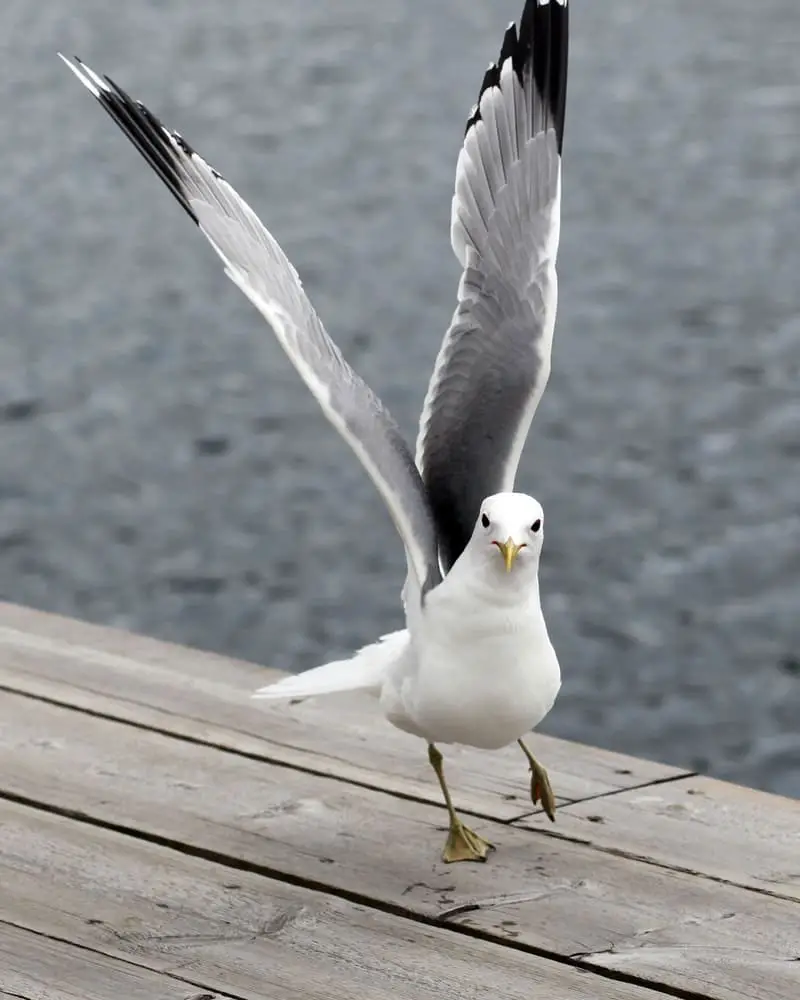
Seagulls have long been associated with beaches and coastal areas. These intelligent birds are often seen swooping down to nab a tasty treat from the sand. While seagulls can be pesky pests, they also play an important role in the ecosystem.
Seagulls help to keep beaches clean by eating small animals and insects, and their droppings provide essential nutrients for plants.
In addition, seagulls are a popular food source for larger predators such as eagles and falcons. As a result, seagulls play a vital role in keeping the balance of nature in check.
16 – Scavenging Habits Of Seagulls
Seagulls are often seen as pests, ubiquitous birds that steal food from picnickers and make a general nuisance of themselves.
However, these scavengers play an important role in the ecosystem, and their scavenging habits help to keep beaches clean and safe. Seagulls are attracted to areas where food is plentiful, and they will eat just about anything.
This includes dead fish, crabs, and other marine creatures that have washed up on the shore. By consuming these potential sources of disease, seagulls help to protect the beachgoing public from illness.
In addition, their constant foraging helps to keep the sand clean and free of debris. So next time you see a seagull swooping in for a snack, take a moment to appreciate the role these birds play in keeping our beaches healthy and safe.
17 – Seagulls And Literature
Are you ready for one of the most mind-blowing facts about seagulls? Seagulls are often associated with literature and art, particularly in works that depict the coastal scene.
In many ways, these birds are the perfect symbol of the sea – they are graceful flyers, but also capable of scavenging for food. Seagulls also have a somewhat mournful cry, which has led to them being used as a symbol of loss or longing in many works of art.
However, there is also something uniquely romantic about seagulls, which explains why they are often seen in paintings of beaches and seaside towns.
18 – Third Eyelid Of Seagulls
Did you know that they also have a third eyelid? This eyelid, called the nictitating membrane, helps to protect the seagull’s eyes from wind, sand, and salt water.
The membrane is clear, so it doesn’t interfere with the seagull’s vision, and it can be quickly drawn across the eye to offer protection from the elements.
So next time you see a seagull patrolling the beach, take a closer look – you might just spot its third eyelid!
19 – Speed Of Seagulls
Seagulls are among the most common birds in North America, and they are known for their ability to fly long distances at high speeds. But just how fast do seagulls fly? The average flying speed of a seagull is around 50 miles per hour.
However, some seagulls have been known to reach speeds of up to 70 miles per hour. So if you’re ever feeling low on energy, just take inspiration from these feathered friends and remember that you, too, can achieve great things if you set your mind to it.
Final Words
Seagulls are truly amazing creatures. Though they are often considered to be pests, they actually play an important role in the ecosystem. These 19 facts about seagulls show just how fascinating these birds really are.
Though they may not be the most popular bird, there is no denying that seagulls are interesting creatures. Next time you see one, take a moment to appreciate all that these amazing birds have to offer.
Interesting articles:

